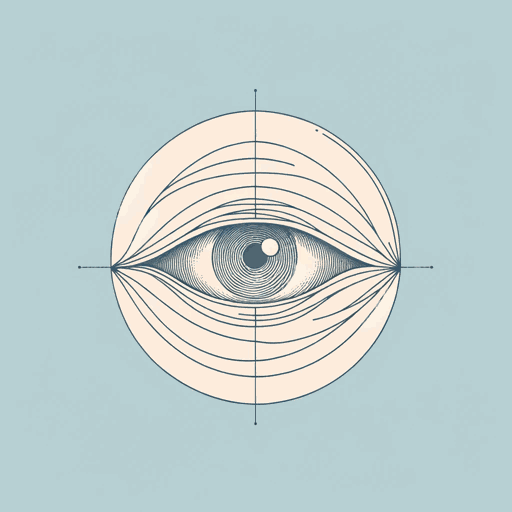37 pages • 1 hour read
George BerkeleyA Treatise Concerning the Principles of Human Knowledge
Nonfiction | Book | Adult | Published in 1710A modern alternative to SparkNotes and CliffsNotes, SuperSummary offers high-quality Study Guides with detailed chapter summaries and analysis of major themes, characters, and more.
Part 1, Sections 1-6Chapter Summaries & Analyses
Part 1, Sections 1-6 Summary and Analysis
Although Berkeley titles this section “Part 1,” there is in fact no Part 1I; Berkeley had originally planned to publish a second part but later changed his mind.
Part 1 opens with the assertion that what we call the objects of human knowledge are in fact ideas imprinted on the senses. By using our senses to engage with objects we form ideas about their nature. This is how we perceive, imagine, and remember the world around us. However, we can make a distinction between the mental process of perceiving and the being that perceives. Section 2 describes the being that does the thinking, imagining, remembering, etc., as “mind, spirit, soul, or myself” (24).
In Section 3, Berkeley states his first major principle: “the existence of an idea consists in being perceived” (24). Expressed in Latin terms, this principle is “esse is percipi” (to be is to be perceived). Properly speaking, we do not perceive objects but our own “ideas or sensations” (25) about the objects. Sections 4 and 5 discuss the common mistake of believing in abstract ideas. Idea cannot exist unperceived, just as senses cannot exists outside of a mind’s sensory perception.
Related Titles
By George Berkeley


